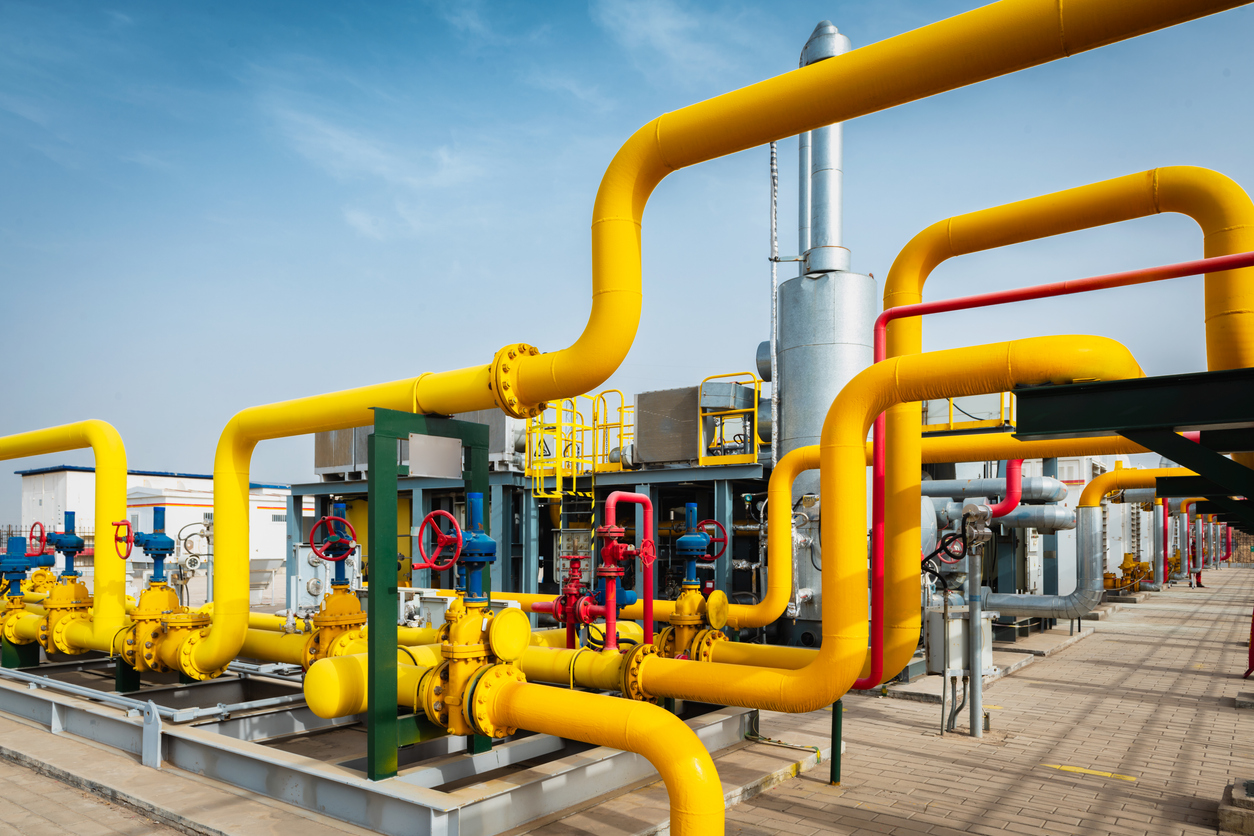Early Estimate for 2023 shows that progress is possible, but hitting Canada’s 2030 target requires that governments build on policy momentum.
The Canadian Climate Institute’s Early Estimate of National Emissions (EENE) for 2023 indicates a modest 1 per cent drop overall in 2023, marking a small improvement after the post-COVID rebound in 2022.
With this decline, national emissions are now 702 megatonnes of carbon-dioxide equivalent (Mt), which is 8 per cent below 2005 levels, but still far from the 40 per cent reduction target for 2030. While some sectors, like electricity, have made significant strides, progress remains uneven, with rising emissions in key sectors like oil and gas and transport offsetting these gains. Sustained policy effort in the electricity sector demonstrate that significant progress is achievable, but other sectors need to follow suit and accelerate their momentum to keep Canada on track.
Emissions down, but progress needs to speed up
The 2023 estimated drop in emissions occurred despite strong economic and population growth, which continues to decouple from emissions. Economic growth in 2023 pushed emissions up by 8.6 Mt CO2e from the previous year. However, the impact of climate policy and changing markets, including accelerating clean energy technology deployment, reduced emissions by 14.2 Mt, resulting in an overall net decrease of 5.6 Mt (Figure 2). Emissions per unit of GDP declined by 3 per cent in 2023, improving on the 2 per cent historical trend. To get on track, an annual reduction of 7 per cent is needed. While this looks off pace, there is a quickening in the rate of reductions, which signals policy and technology deployment are reducing emissions at an accelerated pace.
Uneven progress across sectors
The 2023 EENE highlights the stark contrast between progress in some sectors and rising emissions in others. While some positive changes are happening, they are not widespread enough to keep the country on track for 2030.
Here are five take-aways from our latest early estimate of national emissions data:
- Oil and gas emissions continue to rise
Oil and gas emissions continued a longstanding trend of annual increases, up 1.0 per cent from 2022 (+2.2 Mt) and 12.1 per cent from 2005 levels. The sector now accounts for 31 per cent of national emissions. The emissions increase was driven by higher production, with natural gas up 3 per cent, conventional oil up 3 per cent, and bitumen up 2 per cent. While the sector has seen modest improvements in emissions intensity per unit of GDP, they have been offset by overall production growth, eroding any meaningful progress.
- Electricity powers emissions cuts
The electricity sector remains a standout, showing a 6.2 per cent emissions decline in 2023 and reaching 38 per cent of 2005 baseline levels. This sector’s decarbonization is driven by targeted policies like the large-emitter trading systems and coal phase-outs, as well as dramatic advancements in renewable energy. Sustained policy efforts in electricity show that transformational change is possible, but other sectors need to follow suit.
- Buildings cool off
Emissions from buildings dropped 6 per cent in 2023, largely due to lower residential natural gas consumption, thanks to the warmest winter since 2005. This latest progress reflects a positive trend, where emissions intensity per capita has dropped more than 4 per cent since 2019, in contrast to the historical rate of just 0.44 per cent annually. This sign of progress in emissions per capita can be linked to population rising significantly faster than building stock. However, the scale of the improvement implies policy and building upgrades are having an effect.
- Transport emissions rise amid growth
Transport emissions saw the largest sectoral increase, rising 1.6 per cent from 2022, driven by a 27 per cent rebound in domestic aviation while road transport emissions were flat. Despite this, emissions per capita in the transport sector are dropping by over 3 per cent annually, keeping total emissions below pre-COVID levels, even as the population rapidly grows.
- Heavy industry emissions progress is uneven
Emissions in heavy industry dropped 2 per cent from 2022, but this reduction is uneven across subsectors. For example, emissions in the mining sector rose, while emissions from lime and gypsum production fell 20 per cent. Uncertainty in emission projections remains high due to limited sector-wide data.
Uptake of clean energy is off pace
While Canada is seeing some improvements, the overall emissions trend reveals that progress is not happening quickly or evenly enough to put Canada on track to the 2030 milestone, jeopardizing longer-term progress. The electricity sector stands as a positive example of decarbonization, but other sectors—especially oil and gas, transport, and heavy industry—remain outliers, either rising or failing to reduce emissions fast enough. These sectors continue to offset gains from other sectors.
A key issue is the slow uptake of clean energy. Despite the 69 per cent drop in electricity emissions intensity since 2005, demand for electricity has not significantly increased, indicating that the shift to electrification is still lagging.
Similarly, the adoption of low-carbon fuels like biofuels remains minimal. Much of the progress in reducing energy intensity has come from switching from coal to natural gas, but more ambitious steps are needed to expand clean energy sources to meet future demand.
Accelerate momentum to get on path
The 2023 EENE underscores a central challenge for Canada. While progress is being made in certain areas, and national emissions have plateaued overall, each order of government needs to build on policy momentum—particularly in sectors like oil and gas.
The 2023 EENE provides an early signal, ahead of the official National Inventory Report next Spring, that governments need to accelerate action to get on the path to Canada’s next major climate commitments, and to keep up with the global energy transition.
Seton Stiebert is a 440 Megatonnes Advisor and Dave Sawyer is the Principal Economist at the Canadian Climate Institute.
